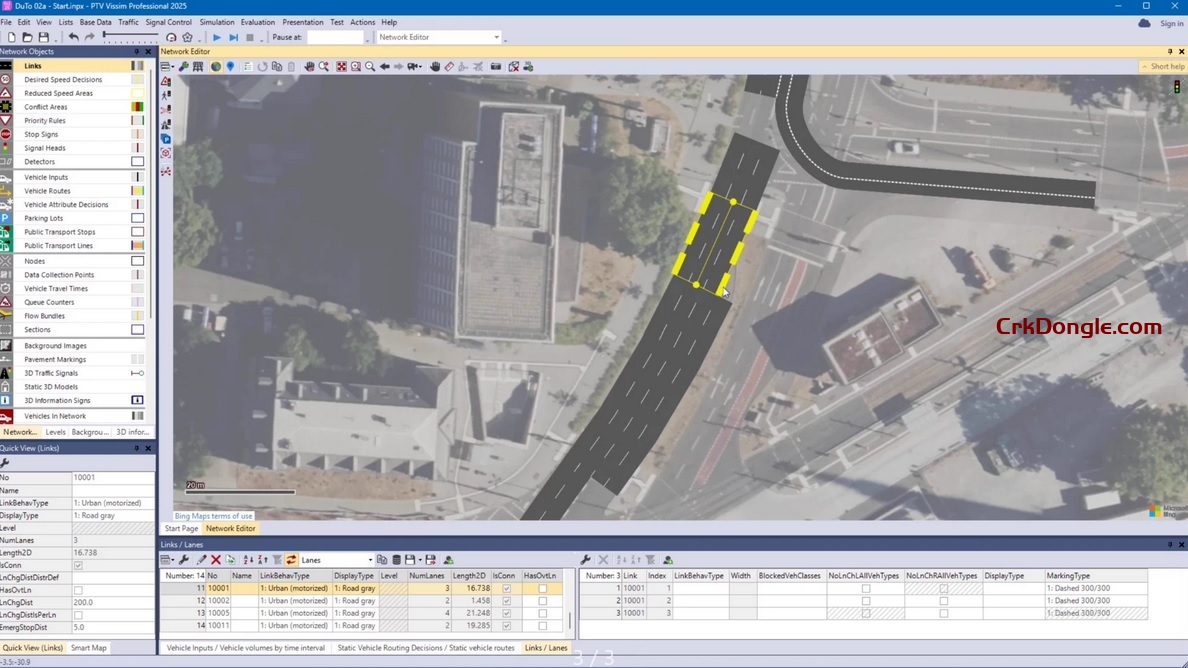Overview of PTV VISSIM 2025
PTV VISSIM is a leading microscopic, multi-modal traffic simulation software developed by PTV Group (now part of Umovity). It’s widely used for modeling and analyzing traffic flow, infrastructure design, and mobility solutions, including roads, public transport, bicycles, pedestrians (via integrated Viswalk), and emerging technologies like connected and autonomous vehicles (CAVs). The 2025 version builds on previous releases with enhancements focused on realism, efficiency, and integration with modern tools like cloud platforms.
As of October 28, 2025, VISSIM 2025 is the current major release, with the next iteration (2026) scheduled for October 23, 2025—meaning it may have just launched or is imminent depending on your timezone.
Key New Features in PTV VISSIM 2025
Based on official release notes and announcements, VISSIM 2025 emphasizes improved modeling accuracy, especially for complex scenarios. Here’s a summary of the main updates:
| Feature Category | Description | Benefits |
|---|---|---|
| Lane Merging and Diverging | Enhanced algorithms for simulating vehicle behavior at merges (e.g., on-ramps) and diverges (e.g., lane reductions), including better gap acceptance and speed harmonization. | More realistic traffic flow in urban highways and interchanges; reduces simulation artifacts and improves prediction of bottlenecks. |
| ASAM OpenDRIVE Support | Full compatibility with ASAM OpenDRIVE 1.8.0 standard for road network descriptions. | Seamless integration with HD maps and virtual test environments for AV development; easier import/export of detailed road geometries. |
| Automated Driving Models | New behavior models co-developed with experts to simulate CAV interactions, including cooperative maneuvers and V2X (vehicle-to-everything) communication. | Supports testing of intelligent traffic management (e.g., ramp metering, variable speed limits) and public transport prioritization in mixed traffic. |
| C-ITS Integration | Improved vehicle-infrastructure communication, such as LISA-controlled traffic lights for cooperative intelligent transport systems (C-ITS). | Better evaluation of smart city scenarios, like emergency vehicle preemption or eco-routing. |
| Emissions and Safety Analysis | Integration with COPERT for road traffic emissions calculation; enhanced critical incident detection (preview for 2026 but foundational in 2025). | Aids environmental impact assessments and safety studies, aligning with sustainability goals. |
| Cloud and Collaboration Tools | Native support for PTV Hub, enabling cloud-based simulations, real-time model sharing, and interactive dashboards. | Streamlines team workflows; allows scenario comparisons without local hardware limits. |

